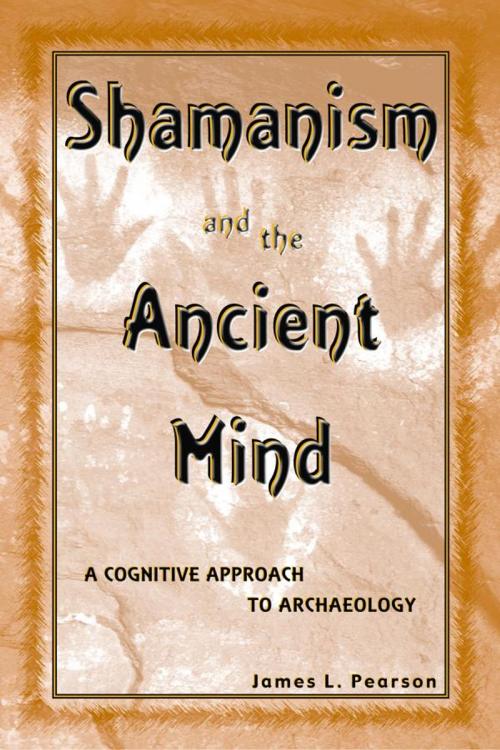Shamanism and the Ancient Mind
A Cognitive Approach to Archaeology
Nonfiction, Religion & Spirituality, Reference, Antiquities & Archaeology| Author: | James L. Pearson | ISBN: | 9780759116740 |
| Publisher: | AltaMira Press | Publication: | February 18, 2002 |
| Imprint: | AltaMira Press | Language: | English |
| Author: | James L. Pearson |
| ISBN: | 9780759116740 |
| Publisher: | AltaMira Press |
| Publication: | February 18, 2002 |
| Imprint: | AltaMira Press |
| Language: | English |
Pearson brings a cogent, well-argued case for the understanding of much prehistoric art as shamanistic practice. Using the theoretical premises of cognitive archaeology and a careful examination of rock art worldwide, Pearson is able to dismiss other theories of why ancient peoples produced art_totemism, art-for-art's sake, structuralism, hunting magic. Then examining both ethnographic and neuropsychological evidence, he makes a strong case for the use of shamanistic ritual and hallucinogenic substances as the genesis of much prehistoric art. Bolstered with examples from contemporary cultures and archaeological sites around the world, Pearson's thesis should be of interest not only to archaeologists, but art historians, psychologists, cultural anthropologist, and the general public.
Pearson brings a cogent, well-argued case for the understanding of much prehistoric art as shamanistic practice. Using the theoretical premises of cognitive archaeology and a careful examination of rock art worldwide, Pearson is able to dismiss other theories of why ancient peoples produced art_totemism, art-for-art's sake, structuralism, hunting magic. Then examining both ethnographic and neuropsychological evidence, he makes a strong case for the use of shamanistic ritual and hallucinogenic substances as the genesis of much prehistoric art. Bolstered with examples from contemporary cultures and archaeological sites around the world, Pearson's thesis should be of interest not only to archaeologists, but art historians, psychologists, cultural anthropologist, and the general public.















